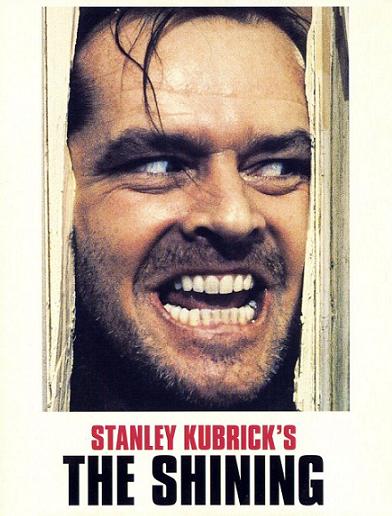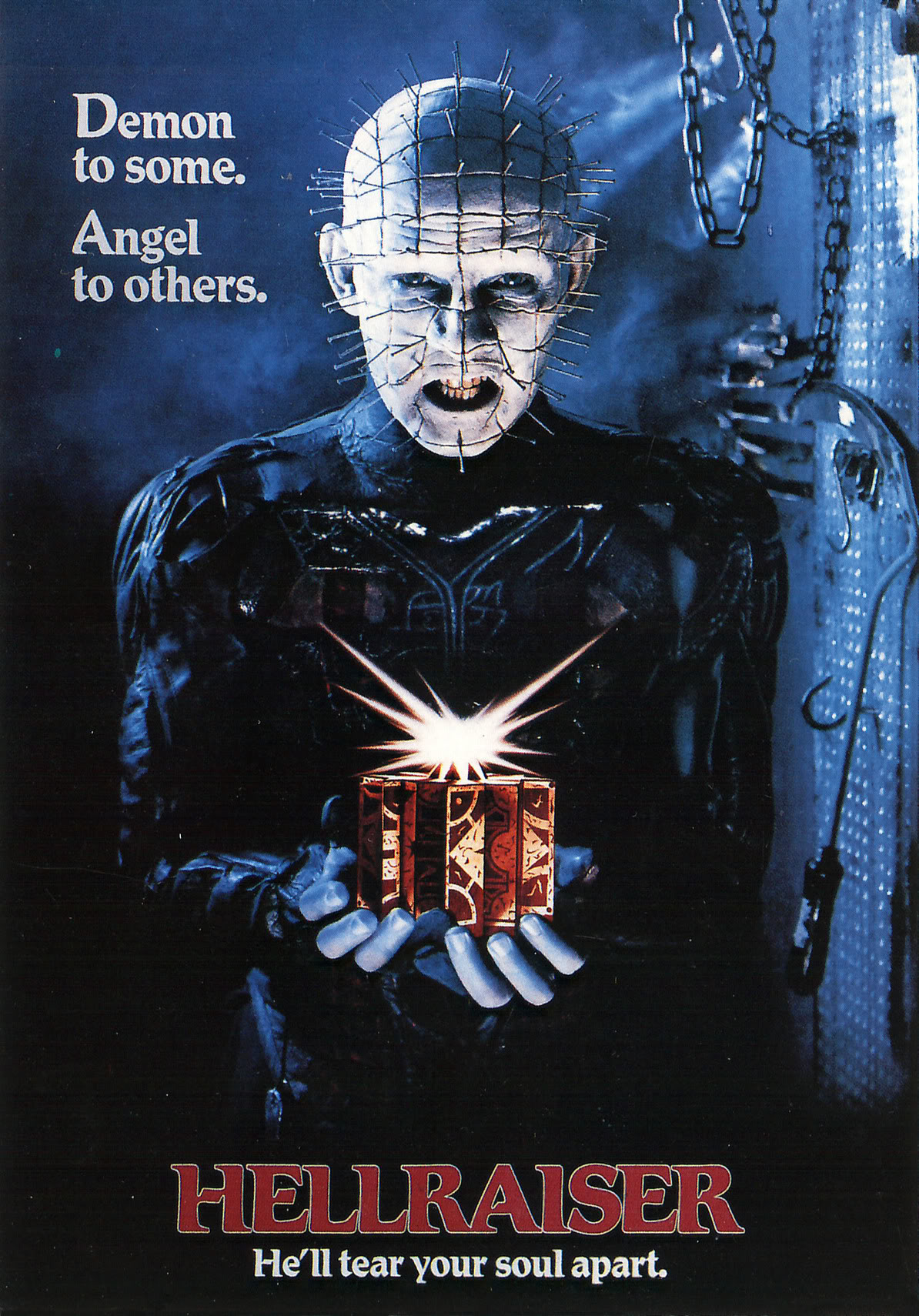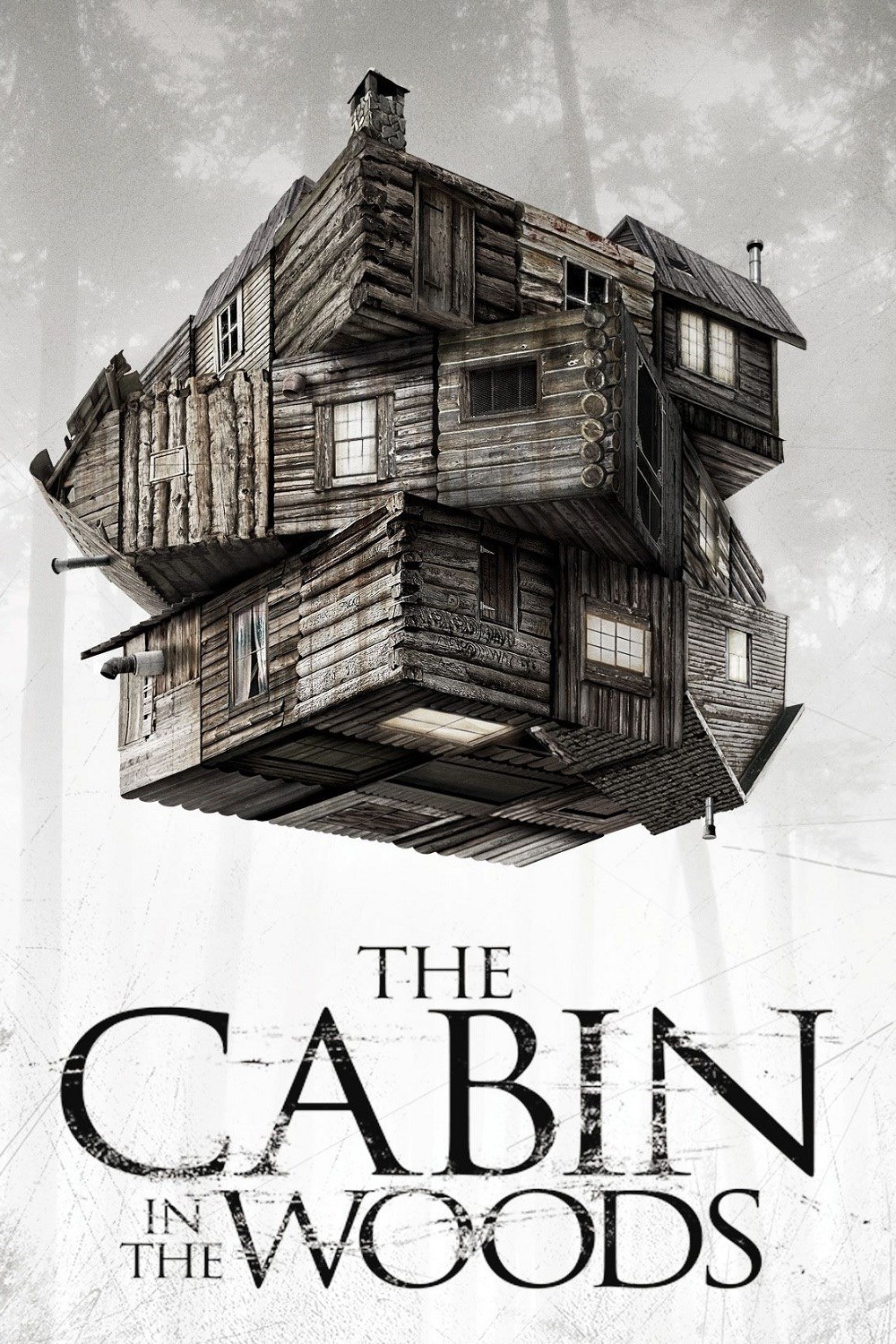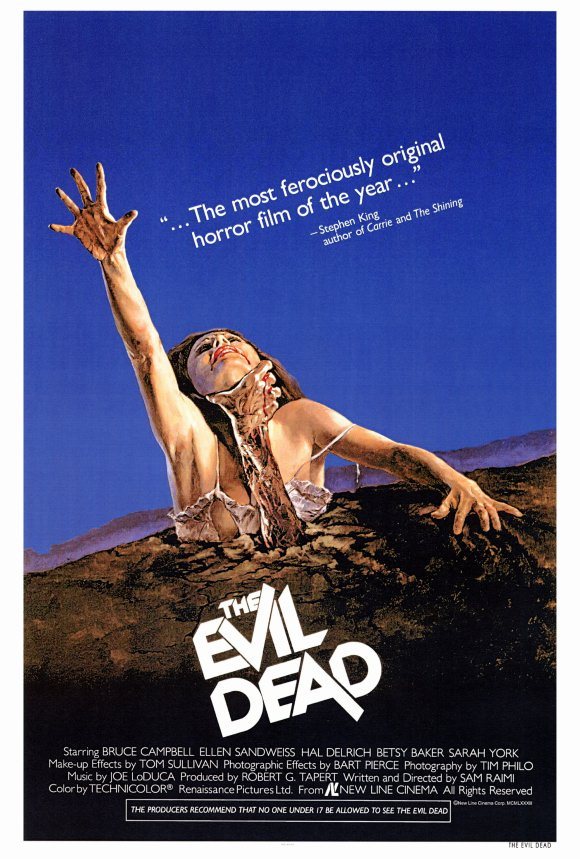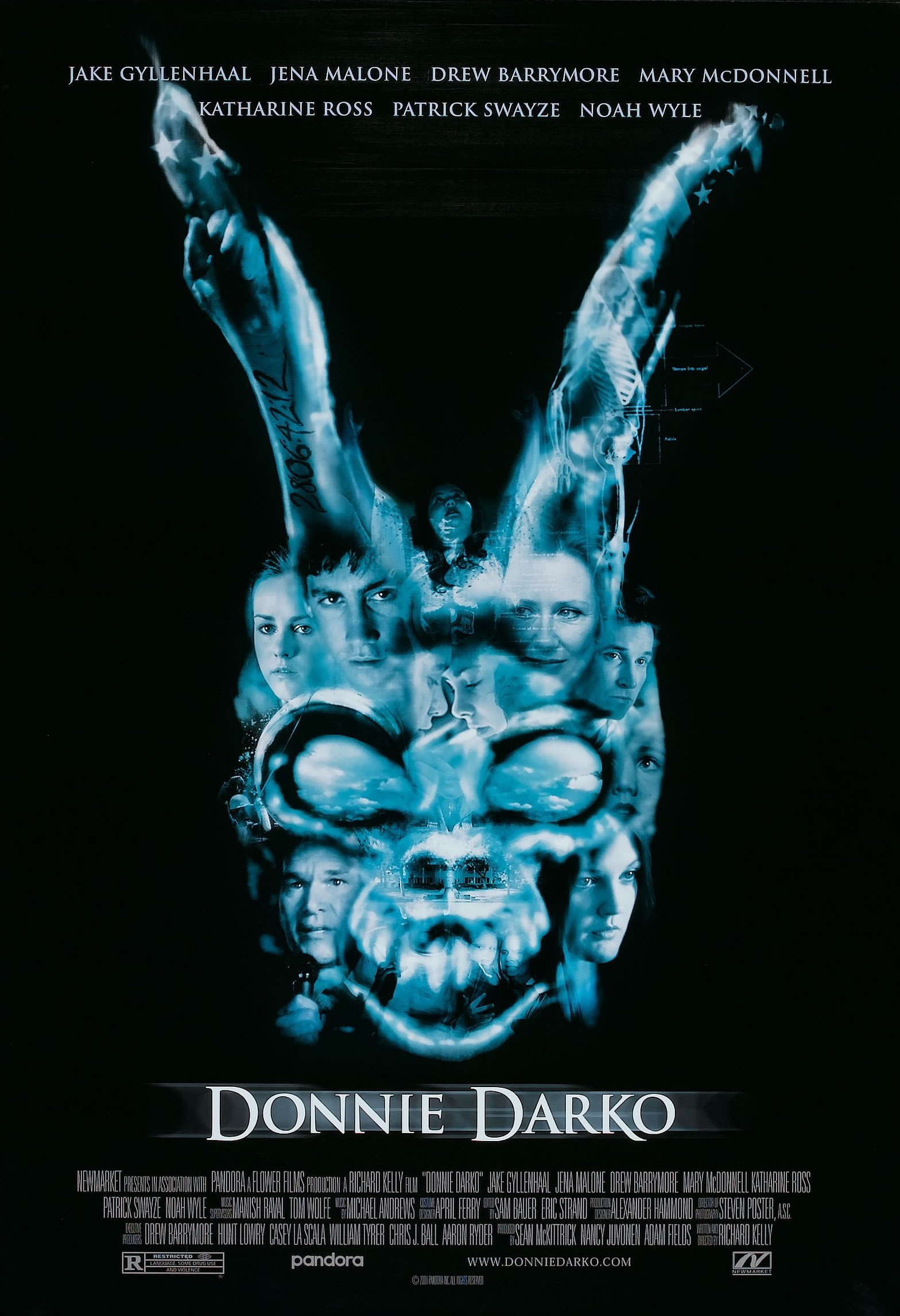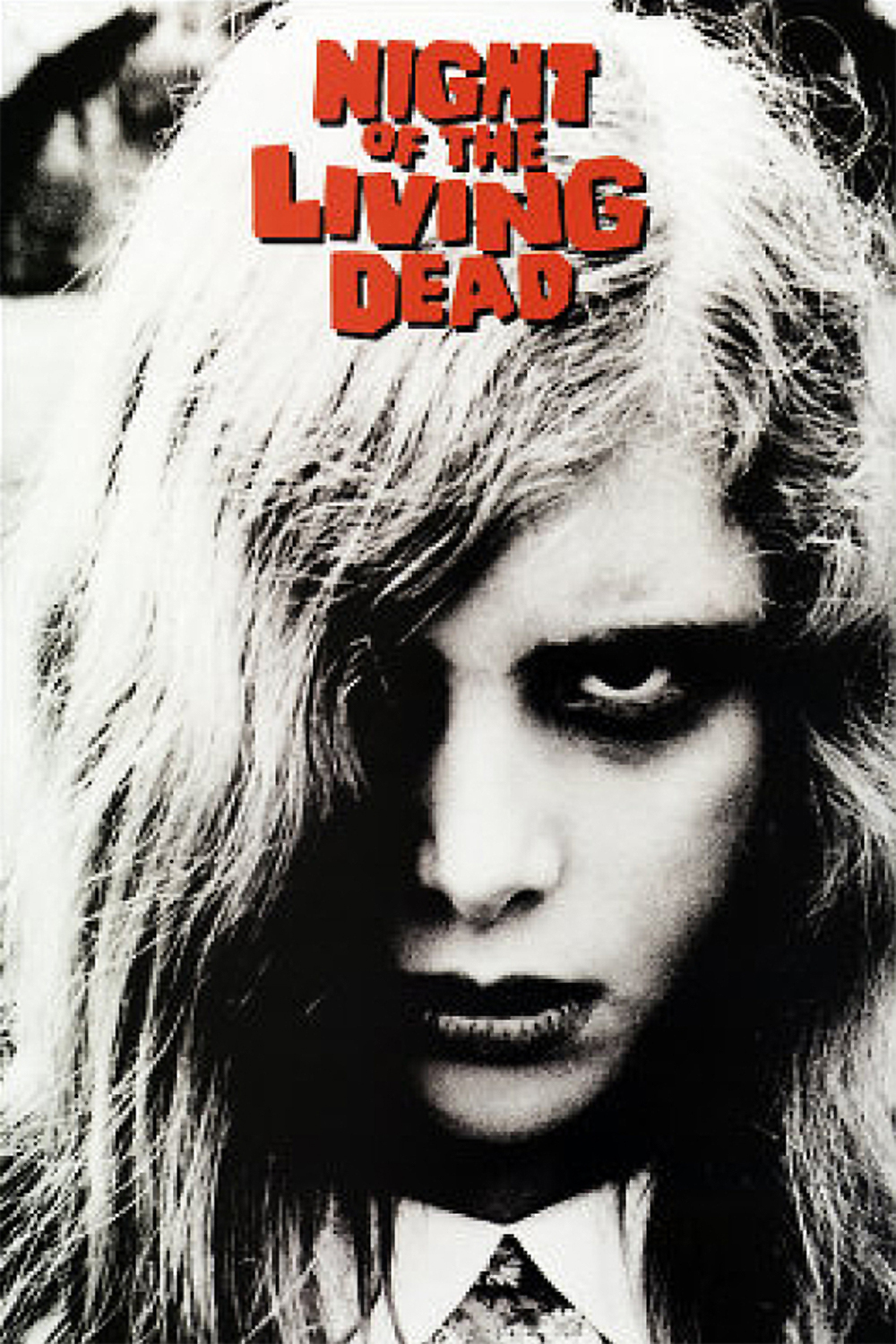SYNOPSIS
Jack Torrance, a writer and recovering alcoholic, takes a job as a “winter-over” at the isolated Overlook Hotel. His young son possesses psychic abilities and is able to see things from the past and future, such as the ghosts that haunt the Overlook. The film depicts the trials of the Torrance family, as the abject isolation of the snowbound hotel serves as the setting for the family’s descent into madness.
The Shining is a film rich in subversive, psychiatric themes, with several interpretations rendered by authors, anthropologists, and historians (Room 237, 2012). This post examines “the true meaning” of Kubrick’s film, and to our knowledge, is the only opinion rendered from a clinical perspective.
THE PSYCHIATRY OF THE SHINING
The Shining serves as an opportunity to teach the Psychotic and Related Disorders. Hallucinations, delusions, disorganized and grossly catatonic behavior, and negative symptoms (affective flattening, apathy, and anhedonia) are all signs possessed by the patriarchal main character. While the general consensus is that The Shining explores themes related to psychosis, Stuart Ullman’s disclosure of the 1970 tragedy of a former caretaker, Grady, “running amok” is foreshadowing of the film’s clandestine meaning. Amok is a culturally (Malaysian) bound syndrome hallmarked by episodes of sudden mass assault following a period of brooding. A brief examination of the film reveals two themes that allow for the formulation of another culturally bound syndrome that explains the behavior of the Torrance family.
A. A pre-established delusion is identified in an individual
Prior to moving into the Overlook, Jack’s son, Danny, has a terrifying premonition about the hotel that causes him to faint. During a medical evaluation, Wendy tells a visiting doctor that her son has an imaginary friend called Tony whose emergence coincides with Danny going to nursery school around the time Jack dislocated Danny’s shoulder (following a binge episode).
While a physician reassures Wendy that Danny’s imaginary friend is “just a phase,” there’s reason to believe Tony is a sign of an underlying mental disorder and therefore is not developmentally appropriate. While posttraumatic stress disorder (PTSD) is a provisional diagnosis, two scenes are critical to the formulation of a differential diagnosis. First, Ullman tells Jack that the hotel is built on the site of a 1907 Native American burial ground. Next, a precocious Danny joins the discussion about the Donner party on the way to the Overlook. The ill-fated settlers had to resort to cannibalism after their wagon train was trapped by an early, heavy snowfall through the Sierra Nevada.
Taken together, we can conclude that Danny is afflicted with Wendigo psychosis; a culturally bound syndrome that affects people who think about cannibalism. Originally afflicting individuals of the Algonquin tribe, the syndrome preserves cultural taboos by reinforcing the prohibition against cannibalism. Danny’s taking part in the adult discussion about the Donner party constitutes a significant boundary violation, and results in his becoming possessed by the malevolent cannibalistic spirit.
B. A delusion develops in the context of a close relationship with another person that is similar in content to that of the person who already has the established delusion
Jack wanders into the Gold Room where a ghostly bartender named Lloyd serves him bourbon on the rocks. Meanwhile, Danny’s curiosity gets the better of him when he wanders into Room 237 despite the omen not to enter. When Danny returns from Room 237, he is visibly traumatized, causing Wendy to think that Jack is abusing Danny again. Wendy shows up in the Gold Room and informs Jack that Danny told her a “crazy woman in one of the rooms” was responsible for his injuries.
Jack investigates Room 237 and has an experience similar in content to Danny’s. Specifically, a mysterious female seduces Jack, but then turns into a symbolic manifestation of the wicked woman from Hansel and Gretel (who lured children like Danny with candy before transforming into a witch). The Hansel and Gretel fairy tale was foreshadowed when Wendy first met Dick Hallorann and said she felt the need to put down breadcrumbs in order to find her way around the Overlook.
In room 237, we are presented with the Evil Step-Mother Archetype (Table 1). The universal presence of this motif reinforces that this archetype results from a defense mechanism (splitting) employed by children to contain all they hate in their mothers so they can continue to regard them as perfect (the explanation of why Danny “hates” his mother is beyond the scope of this post).
| Table 1. The Evil Step-Mother Archetype1 & The Shining | ||
|---|---|---|
| Fairy Tales depicting Evil Step-Mothers | Theme | The Shining (film) |
| Cinderella | Getting home safely before midnight | Grady's runs Amok, and murders his family at the New Year's Eve gala |
| Hansel and Gretel (1856) | Cannibalism | Donner Pass; "breadcrumb" reference; Wendigo psychosis |
| Snow White and the Seven Dwarves (1819) | White, red, and black | The colors of the labyrinth |
| Rapunzel | Trapped and shut away | Wendy is trapped in the bathroom suite (her hair falling forward) after Danny is let out of the window. |
| 1. The relationship between Danny and his mother has been critically analyzed, and relates to "the twins" who themselves represent Freudian splitting of the mother image. | ||
Upon returning from Room 237, Jack casts an image in the mirror when entering the suite. He tells Wendy he found nothing, explaining that Danny’s bruises were self-inflicted, “I think he did it to himself.” Faced with this reality, Danny becomes acutely psychotic as evidenced by his shining (disorganized or grossly catatonic behavior) into his parents’ conversation. This further establishes that Danny is the proband case of psychosis. This is followed by Jack’s exacerbation (transmission) as evidenced by his becoming verbally abusive (disorganized or grossly catatonic behavior) towards Wendy. As he storms out of the suite, he casts no reflection in the mirror, having truly lost who he is/his soul.
Taken together, The Shining is a case study of Shared Psychotic Disorder (SPD). Also referred to as folie aI� deux, SPD is a rare psychotic disorder usually found in long-term relationships with close emotional ties.
At the Amundsen’Scott South Pole Station, most personnel leave by the middle of February, leaving a few dozen “winter-overs” (mostly support staff plus a few scientists), who keep the station functional through the months of Antarctic night. The winter personnel are isolated between mid-February and late October. After the last flight has left for the winter, an annual tradition is a double feature viewing of The Thing and The Shining. As a homage to the winter- overs, we’ve dubbed tomorrow, October 7, with John Carpenter’s The Thing!
